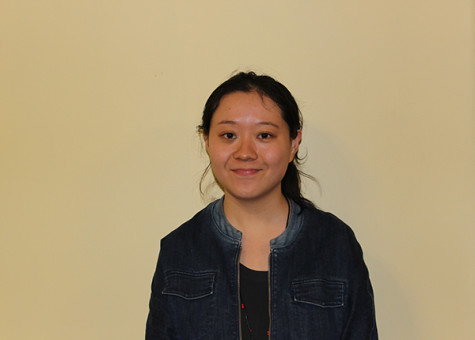A Pitt Visual Learning Initiative is a new approach for students to enroll in classes not offered on their campuses, using visual and audio technologies.
In Biddle Hall, a distance-education classroom (201) offers three courses from different disciplines this semester.
Class sizes average six to eight students from distant campuses, according to theater professor John Teacher and junior Abby King, who has taken two initiative courses.
In order to maximize the remote classroom experience, microphones and video cameras are installed in distance-education classrooms.
“The courses I took in Titusville were Socialization and Human Learning, which were lectured in Bradford. I just took them to see what they were like,” said King, who has transferred to Pitt-Johnstown from Pitt-Titusville.
Besides her overall positive feedback about the distance courses, King pointed out the technologies have caused some frustrations for her and her classmates.
“The computer was down two or three times and the instructor had to cancel the classes for that,” she said.
English literature professor Catherine Cox, employing the technologies for the first time this fall, said she supports the initiative.
“I am totally on board with the concept.”
She said it consolidates resources from all Pitt campuses.
According to King, the sensitive audio system is a technology highlight.
“When there was music playing in the classroom opposite to ours, my instructor could hear it from his side,” she said, which gives students no room for chatting or eating in class.
A minor defect about the system, said Cox, is that whenever her student makes a sound, the video camera zooms in on him/her. That, she said, contradicts her view that no student should be made to feel intruded upon or horrified in class.
Other than that, she said she appreciated the initiative as being a carefully designed system with constant advice and guidance provided by an adviser assigned to each instructor.
Teacher taught a class in the program for last spring.
“The technology worked well,” he said. “Any problems I experienced were human errors.”
He said the distance education came to his attention in Spring 2013,
“There’s a need for better communication between Registrars on campuses as to what is needed where and for how many people, making sure all bookstores have the appropriate number of texts.”
For tests, teachers are supposed to send their tests online to a distant proctor in advance. The proctor will take the tests to students on the test day.

